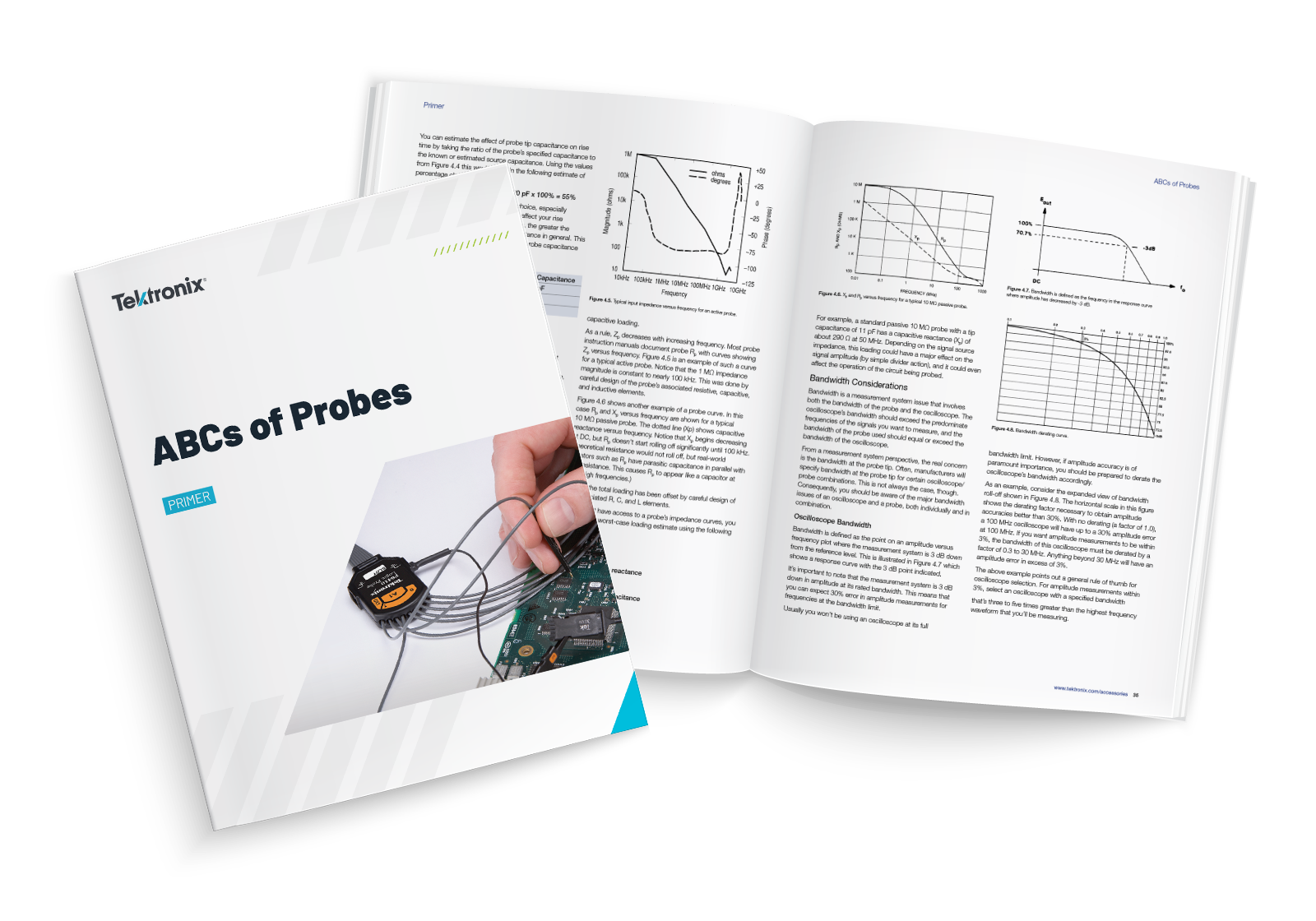Materiewelle
Newbie

Hello everyone!
I have a project where I need to create a series of voltage pulses with high accuracy and low noise. The pulses consist of two components, which are each supplied by a DAC. The DACs can achieve >~ 1us settling time, but it's desirable that the pulses settle faster, and that the pulse timing can be controlled independently from the DACs by one digital line per component.
Integrated, simple, and compact solutions are preferred, and it's also preferred to not inflate the BOM with additional ICs. Power and thermal budget are available in abundance. There is already the fast, accurate, and low noise difference amplifier LT1995 and the dual switch ADG5436 in the design. The very low noise and relatively fast OpAmp AD8597 is used as a DAC buffer. The DACs are bipolar and can be modeled by their 6.8k output resistance and equivalent feedback resistance (on chip), respectively.
When the DAC outputs are just added directly, the pulses are smooth and don't overshoot or ring, which makes sense because the DACs are quite limited in bandwidth and the dynamic behavior is optimized with the 10p caps.

No switches used: Pulses limited in BW, but don't ring. Settling is limited by the DAC and timing control is via DAC interface, which is not preferred. Pulse timings and magnitudes are typical for the application.
Now, when I use switch ICs to construct the pulses, I see rather horrible ringing:

Switch ICs added for potentially faster settling and simple / independent digital interface. Summing A+B amplifier now overshooting and ringing.

Detail.
Now my obvious question: Do you have any suggestion how I could reduce the ringing of the summing amp? Is the amp simply under-damped or do you think this is excited by some sort of glitch that the switches introduce (break-before-make characteristic, charge injection)?
I have tried the following:
Looking forward to your suggestions!
All the best
I have a project where I need to create a series of voltage pulses with high accuracy and low noise. The pulses consist of two components, which are each supplied by a DAC. The DACs can achieve >~ 1us settling time, but it's desirable that the pulses settle faster, and that the pulse timing can be controlled independently from the DACs by one digital line per component.
Integrated, simple, and compact solutions are preferred, and it's also preferred to not inflate the BOM with additional ICs. Power and thermal budget are available in abundance. There is already the fast, accurate, and low noise difference amplifier LT1995 and the dual switch ADG5436 in the design. The very low noise and relatively fast OpAmp AD8597 is used as a DAC buffer. The DACs are bipolar and can be modeled by their 6.8k output resistance and equivalent feedback resistance (on chip), respectively.
When the DAC outputs are just added directly, the pulses are smooth and don't overshoot or ring, which makes sense because the DACs are quite limited in bandwidth and the dynamic behavior is optimized with the 10p caps.
No switches used: Pulses limited in BW, but don't ring. Settling is limited by the DAC and timing control is via DAC interface, which is not preferred. Pulse timings and magnitudes are typical for the application.
Now, when I use switch ICs to construct the pulses, I see rather horrible ringing:
Switch ICs added for potentially faster settling and simple / independent digital interface. Summing A+B amplifier now overshooting and ringing.
Detail.
Now my obvious question: Do you have any suggestion how I could reduce the ringing of the summing amp? Is the amp simply under-damped or do you think this is excited by some sort of glitch that the switches introduce (break-before-make characteristic, charge injection)?
I have tried the following:
- RC lowpass behind each switch. Works great but degrades BW and initial accuracy.
- Switch IC with lower charge injection and larger R_on. Does not seem to change much and large R_on also degrades accuracy.
Looking forward to your suggestions!
All the best


